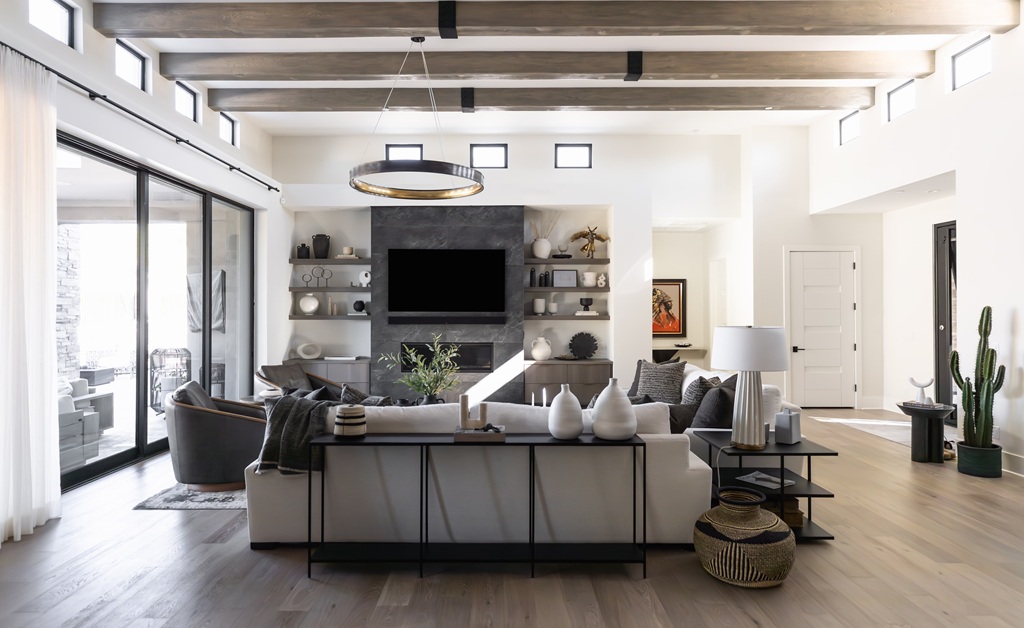Our houses are more than where we sleep, eat, and store our belongings. They’re rooms that affect our everyday lives, moods, and even minds. From a beam of light from the windows to a carefully planned room that welcomes peace, how we plan our rooms can have an amazing interior design impact on mental health. With thoughtful interior design, homeowners can create rooms that make us healthier and happier.
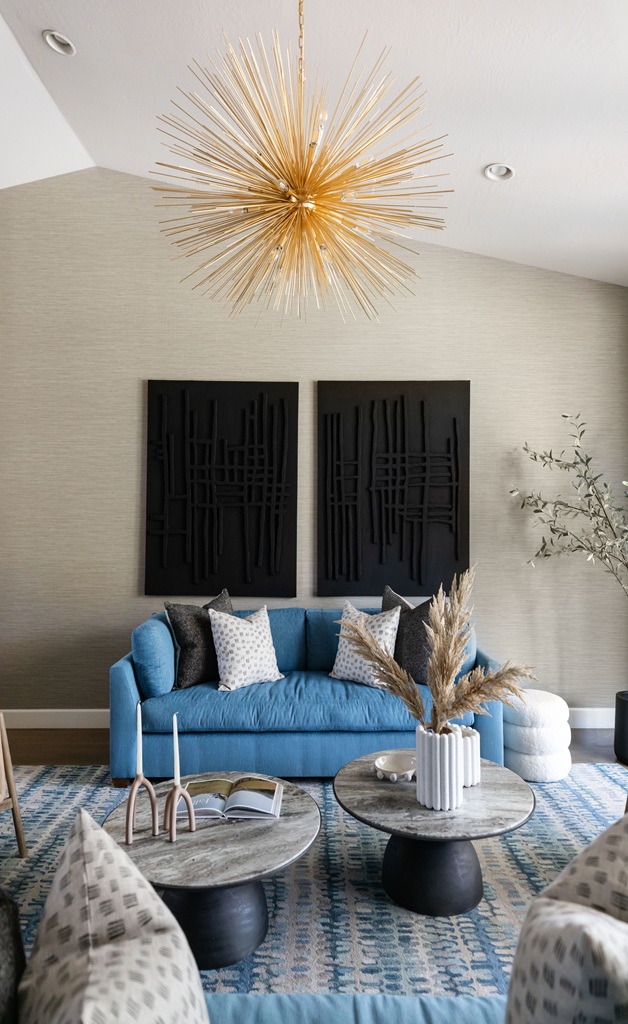
The Psychology of Space
The link between design and mental well-being comes from the way in which the brain responds to a number of different environmental stimuli. How does interior design affect mental health? Colors, for instance, are extremely potent psychologically. Red and yellow warm colors energize and stimulate, while blues and greens are said to soothe. A soothing color scheme in bedrooms is relaxing, while strong accents in living rooms have a stimulating and socializing effect.
Lighting is another important element when it comes to our mood and mental clarity. Natural light, in particular, is found to be associated with increased serotonin levels and improved quality of sleep. Dull or artificial lighting, on the other hand, will induce lethargy and tension. Discriminating use of multi-layered lighting with natural daylight combined with warm-toned artificial lighting will reconstruct a room as an invigorating refuge.
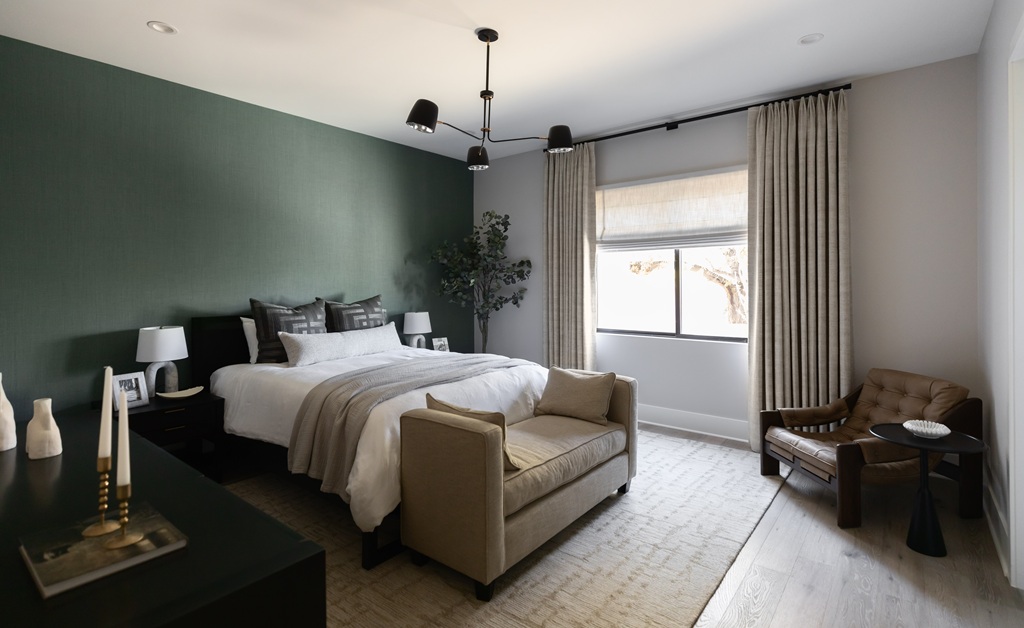
Room layout and design matter as well. Cluttered rooms overwhelm the senses and lead to stress or anxiety. Open floor plans and uncluttered surfaces, conversely, are peaceful and welcoming. Well-designed rooms promote healthy mental energy through balance between form and function. Does interior design affect mental health? Absolutely—it plays a significant role in how we feel and function.
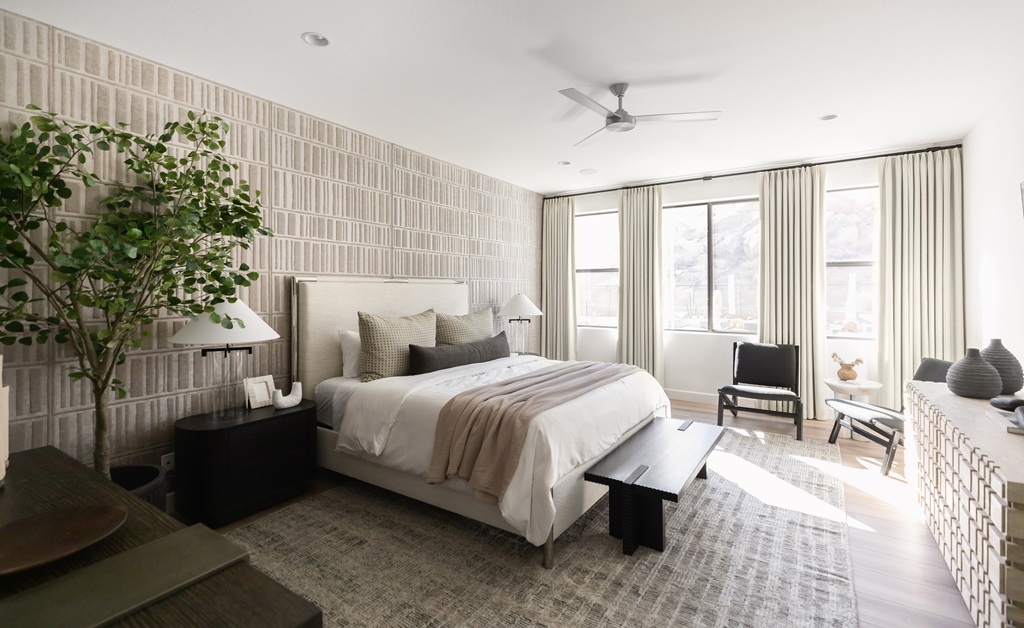
Practical Tips for a Healthier Home
The motivating impact of deliberate interior design does not necessarily need to involve an expensive makeover; it can start with merely making small, considerate changes. Start by addressing clutter and tidiness in your rooms. Implement efficient but good-looking storage procedures that will be in charge of preventing mental overload due to disorganization. This should be coupled with furniture positioning optimizing traffic and motion flow, enabling a cozy and functional ambiance in your rooms.
Second, consider the lighting. Add natural light through sheer curtains or reflective mirrors that bounce sunlight into the dark spots. In the evenings and dark rooms, have warm-colored, adjustable lighting sources to keep it warm but lit.

Color changes are a simple but powerful solution. Experiment with repainting walls or introducing decorative items in colors that evoke the atmosphere you wish to create in each area. Calming neutral tones are effective in creating calmness, and bold bits of color in accent pieces can establish activity in rooms. How interior design affects mental health can often be as simple as these small but intentional changes.
Lastly, bring in the outdoors. Houseplants aren’t just air purifiers, they are also soft mood enhancers of mental well-being. Research reveals that indoor plants can decrease anxiety and increase productivity, so scattered plants throughout varying rooms can enhance your home’s mood instantly. The best interior designers in Arizona know the importance of incorporating greenery into living spaces for a calming and refreshing atmosphere.
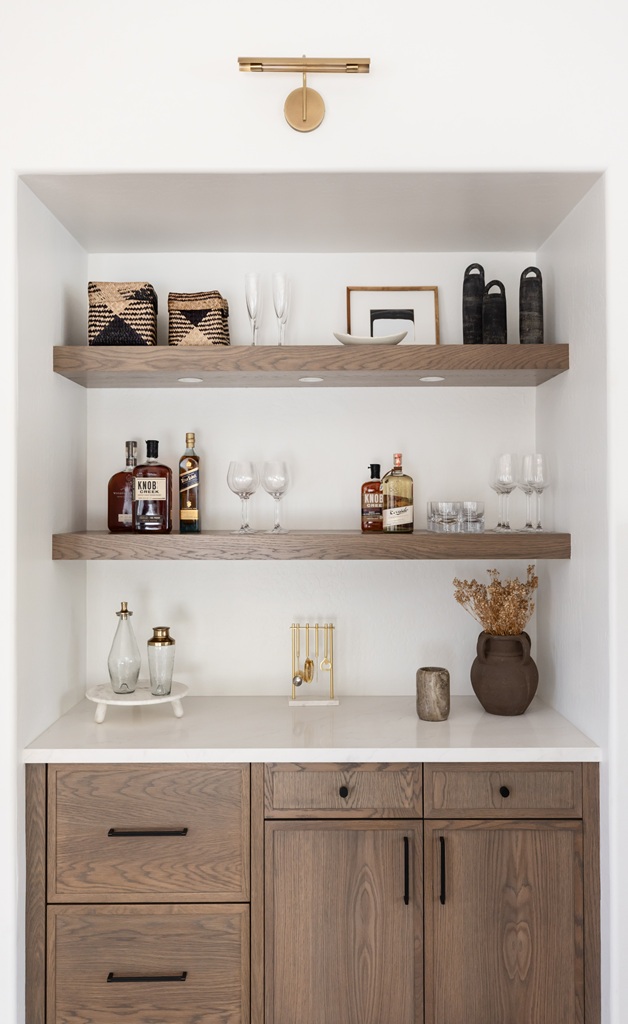
Interior design is not just aesthetics; it has an impact on mental health. Through the study of the psychology of space and deliberately selecting to maximize colors, lighting, and floor plans, homeowners can design an environment that fosters their mental health. The relationship between our environment and state of mind is undeniable, and designing a home that fosters balance and positivity is an investment in one’s health. This exploration helps us truly understand how interior design affects mental health.
Read More: 7 Interior Designing Tips for Better Mental Health & Wellbeing

Lauren Lerner is the founder of Living With Lolo, a nationally recognized Scottsdale interior designer and an Arizona licensed general contractor. She is celebrated for creating luxury homes that are warm, livable, and deeply personal, blending thoughtful design with seamless construction and curated furnishings. Recognized as one of Arizona’s top interior designers, Lauren has worked with celebrities, athletes, and executives across the country. Her work, known for its elevated yet inviting style, has been featured in multiple national publications. Guided by the belief that great design should feel as good as it looks, Lauren transforms houses into homes that truly reflect her clients’ lives.
